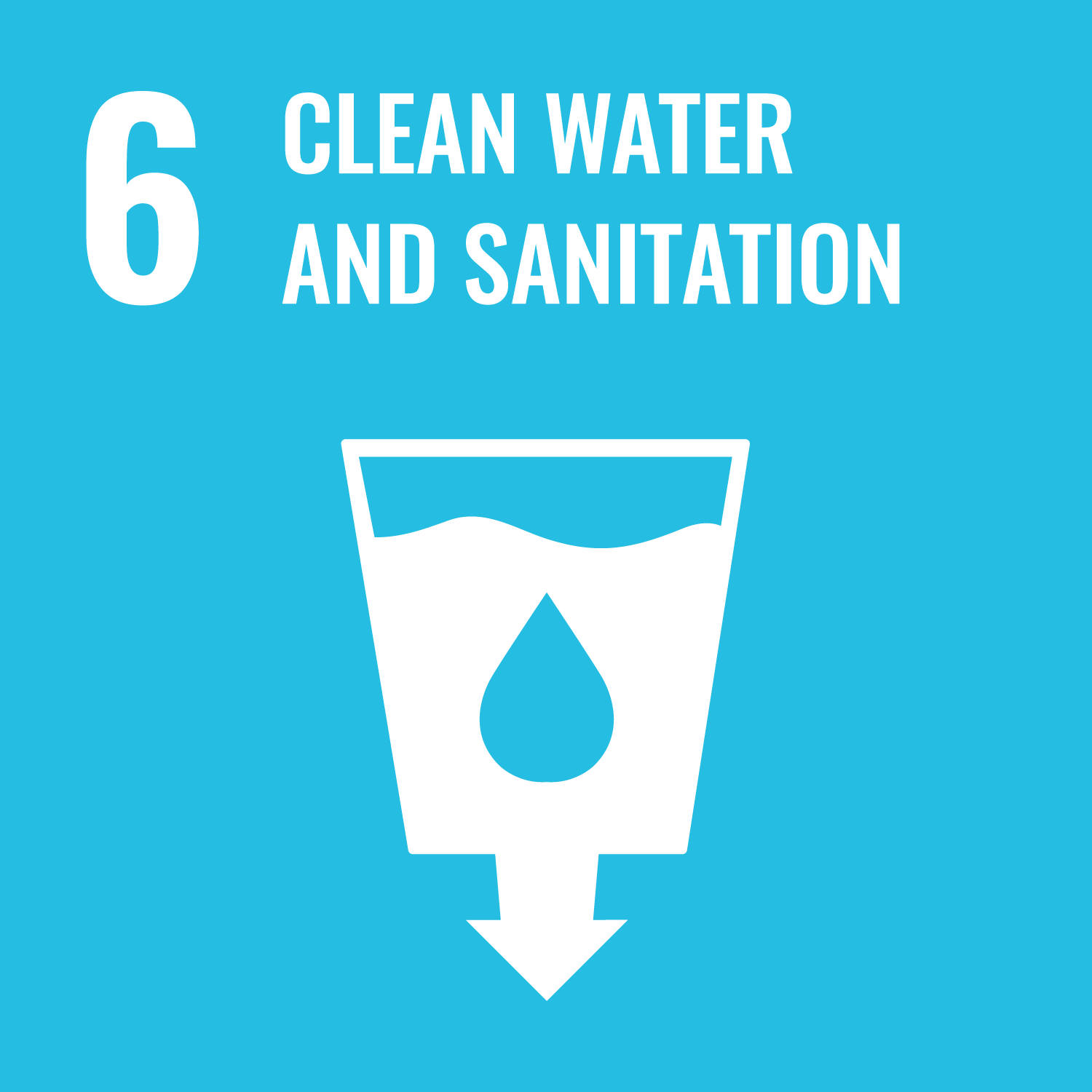Sustainable Water Resources Management and Water Supply

We aim to create a society in which water resources are properly managed and can be used sustainably by all people for drinking water and other purposes.
The Global Agenda "Sustainable Water Resources Management and Water Supply" aims to achieve a society where water resources are responsibly managed and can be utilized and consumed sustainably by the people for drinking and other purposes, through its operations aiming at the following two clusters' objectives and outcomes.
(1) To achieve integrated water resource management, we aim to increase the number of water resource management entities responsible for resolving water-related issues in the fields and strengthen multi-stakeholder partnerships as consultative bodies for consensus building,
(2) To contribute to achieving universal access to safe water, we aim to increase the number of "growing water utilities" that can independently raise funds to expand and improve water services.
It is estimated that as of 2015, more than 2.9 billion people do not have access to sufficient water for their needs, and water shortages are becoming more severe due to urban population growth and increasing and more severe droughts caused by climate change. In addition, there are concerns about the projected 40% shortage of water resources relative to water demand by 2030, problems such as land subsidence caused by excessive groundwater pumping, water pollution, and conflicts of interest over limited water resources.
As of 2020, there will be 2 billion people without access to safe water and 610 million in urban areas. Access rates have increased from 39% in 2000 to 60% in 2020 in rural areas, but have stalled at 86% in urban areas, unchanged from 86% in 2000, and investment in facilities has not kept pace with population growth. In addition, waterborne diseases kill more than 500,000 people a year, mainly infants, and 50% of underweight and malnutrition are related to water and sanitation problems. The labor of women and children to fetch water is also a major burden and is an important development issue directly related to ensuring public health and human security through UHC (Universal Health Coverage). Handwashing with clean water is a basic preventive measure against waterborne diseases.
Problems such as water supply restrictions due to drought and salinization of coastal water sources are becoming more apparent due to extreme rainfall and sea level rise. Development and sustainable use and conservation of water resources are also important as climate change adaptation measures.
In Japan, problems such as drought damage, land subsidence, and water pollution became more serious during the period of rapid economic growth, but comprehensive efforts to accumulate scientific knowledge, develop legal systems such as the roles of river administrators and local governments, develop consultative mechanisms such as basin councils, improve river facilities, and promote citizen activities have succeeded in significantly reducing these problems. Japan also has extensive experience in resolving upstream and downstream issues on rivers across the province and dealing with issues surrounding the construction of dams, estuary weirs, etc.
In the process of realizing a high-quality water supply system in which all citizens can obtain safe water from their taps 24 hours a day, we have developed legal systems and technical standards, rapidly developed facilities, and procured funds for them during the period of rapid economic growth, trained human resources and passed on skills, and accumulated know-how in non-revenue water management, which maintains a low non-revenue water rate, averaging about 10% nationwide.
With such experience and know-how, Japan was the top donor in the water and sanitation sector from 2007 to 2017 and can contribute to this sector, which requires both infrastructure and operational/managerial capacity, through financial and technical cooperation in an integrated manner.
JICA will focus on the following two clusters. Rural water supply and sanitation are also important development issues and will be addressed in collaboration with the nutrition, health, education, and other sectors to enhance sustainability.
To resolve water shortages and resulting conflicts of interest and make effective use of limited water resources, we will accumulate scientific data and develop responsible entities that will coordinate interests and rationally promote sustainable use and conservation of water resources based on scientific and technical evidence. In addition, since there are often multiple entities implementing projects and many stakeholders, we will form and operate a well-functioning consultative body and build a system to resolve issues surrounding water resources based on social consensus building. We aim to strengthen these local communities' capacity to solve their water resource management problems and lead them to solutions.
We aim to develop responsible water resource management entities and form and function a consultative mechanism to solve water problems in more than 10 regions by 2030.
We aim to improve operations and management to put the water utility on a growth trajectory by turning the vicious cycle of low service levels, citizen dissatisfaction with them and lack of trust in the water utility, inefficient operations, and insufficient funds into a virtuous cycle of improved service, more efficient operations, secure tariff revenue, and secure investment. It is also important to increase the number of water utilities with sound management to mobilize private capital. To this end, we will adopt two approaches: to expand the tariff revenue base and improve services by improving facilities, and to improve financial conditions and services by reducing non-revenue water.
Cluster Strategy "Supporting the Growth of Water Utilities"(PDF/1.57MB)
Case Studies
scroll